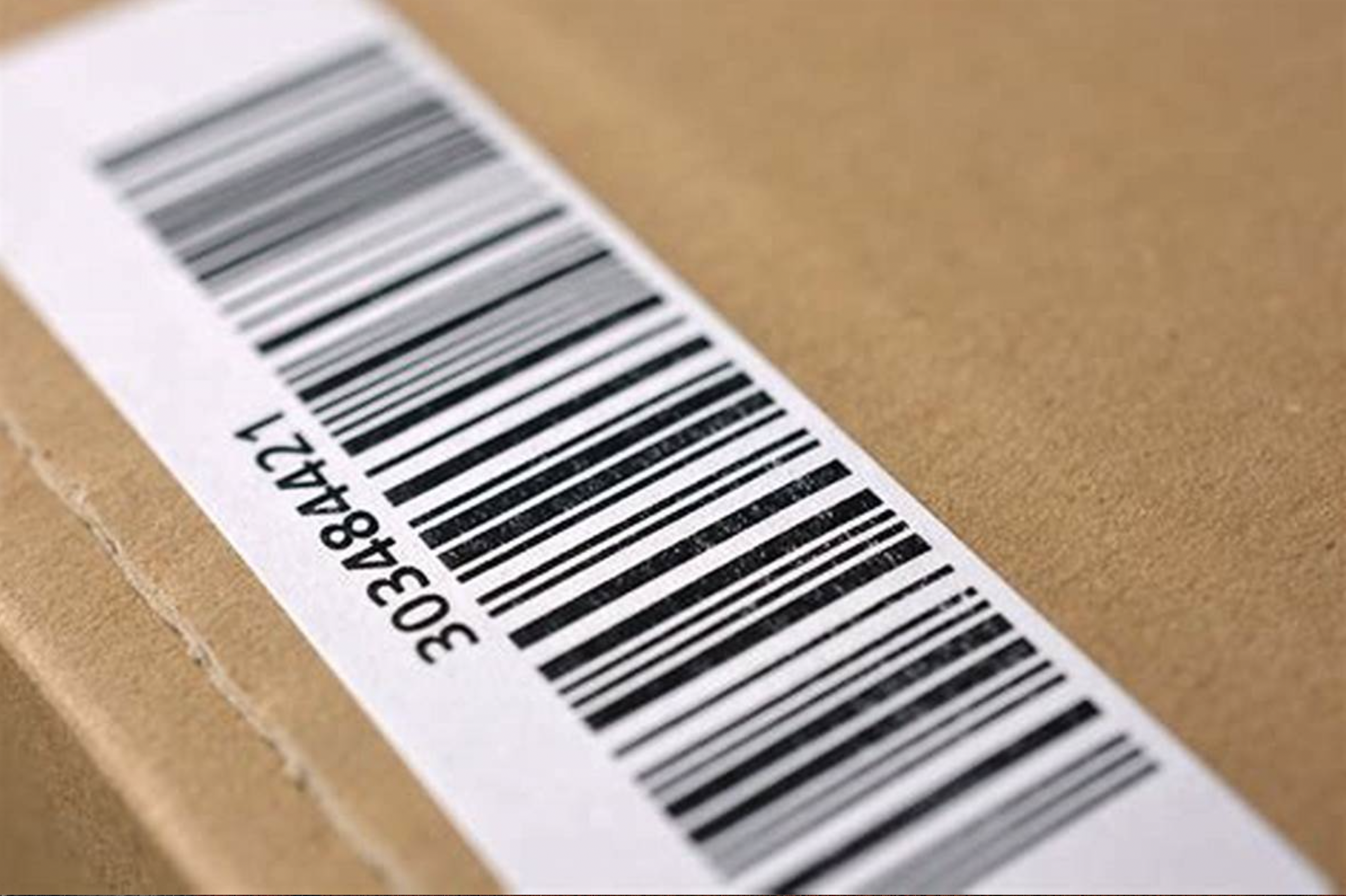Common Mistakes to Avoid When Printing and Placing Barcodes

Ensuring the accuracy and readability of barcodes is crucial for efficient product tracking and inventory management. However, common mistakes during the printing and placement of barcodes can lead to scanning errors, operational delays, and customer dissatisfaction. This comprehensive guide outlines prevalent errors and provides best practices to help you avoid them.
1. Selecting the Incorrect Barcode Type
Choosing the appropriate barcode symbology is fundamental. Different industries and applications require specific barcode types. For instance, UPC-A codes are standard in North America for retail products, while EAN-13 codes are prevalent internationally. Using an unsuitable barcode type can result in scanning issues and data misinterpretation.
Best Practice: Identify the barcode symbology that aligns with your product and market requirements. For a detailed comparison, refer to our article on GTIN vs. UPC – What are they and How to Use Barcodes.
2. Inadequate Print Quality
Poor print quality is a leading cause of barcode scanning failures. Factors such as low resolution, smudging, and inconsistent ink application can render barcodes unreadable.
Best Practice: Utilize high-resolution printers and quality materials to produce clear, sharp barcodes. Regularly maintain printing equipment to prevent defects. For professional printing services, consider our Printed Barcode Labels offering.
3. Improper Barcode Size
Barcodes that are too small may lack the necessary detail for scanners, while excessively large barcodes can distort the encoded information.
Best Practice: Adhere to industry-standard dimensions for barcodes. For UPC-A codes, the nominal size is 1.469 inches wide by 1.02 inches high. Scaling should be done proportionally to maintain readability.
4. Insufficient Quiet Zones
Quiet zones are the blank spaces surrounding a barcode, essential for scanner recognition. Inadequate quiet zones can lead to scanning errors.
Best Practice: Ensure that quiet zones are at least ten times the width of the narrowest bar in the barcode. Avoid placing text or graphics too close to the barcode.
5. Inappropriate Placement on Packaging
Placing barcodes on curved surfaces, edges, or areas prone to damage can hinder scanning.
Best Practice: Position barcodes on flat, smooth surfaces away from seams or folds. Ensure they are easily accessible for scanning without obstruction.
6. Using Non-Contrast Colors
Barcodes require high contrast between the bars and the background for optimal readability. Using colors with insufficient contrast can cause scanning failures.
Best Practice: Opt for black bars on a white background. If color is necessary, ensure a dark color for the bars and a light, contrasting background.
7. Overlooking Barcode Verification
Failing to verify barcodes before distribution can result in undetected errors, leading to operational inefficiencies.
Best Practice: Implement a verification process to test barcode readability and compliance with standards. Regular verification helps identify and rectify issues promptly.
8. Neglecting Environmental Considerations
Environmental factors such as moisture, temperature, and exposure to chemicals can degrade barcode quality.
Best Practice: Choose durable materials and printing methods suited to the product’s storage and handling conditions. Protect barcodes with laminates or coatings if necessary.
9. Ignoring Regulatory Requirements
Different industries and regions have specific barcode standards and regulations. Non-compliance can lead to legal issues and market access problems.
Best Practice: Stay informed about relevant barcode standards and ensure your barcodes meet all regulatory requirements. Consult resources like our Guide to UPC Barcodes – Everything You Need to Know for detailed information.
10. Failing to Register UPC Codes
Unregistered UPC codes can cause confusion and hinder product tracking across supply chains.
Best Practice: After purchasing UPC codes, register them with your retailers and relevant databases. This ensures accurate product information is associated with your barcodes. For guidance, see our article on Do I need to register my UPC Codes?.
Conclusion
Avoiding these common mistakes in barcode printing and placement is essential for maintaining operational efficiency and customer satisfaction. By adhering to best practices and staying informed about industry standards, you can ensure your barcodes function effectively throughout the product lifecycle.
Need printed barcodes? We offer print & ship services to all US customers.
For further assistance and resources, explore our Help Center or contact our support team.
